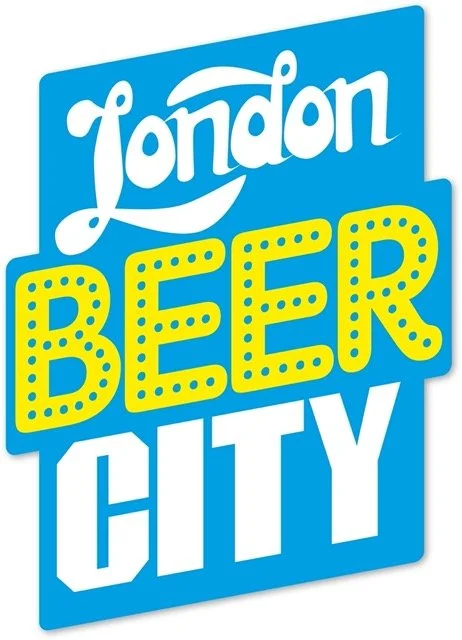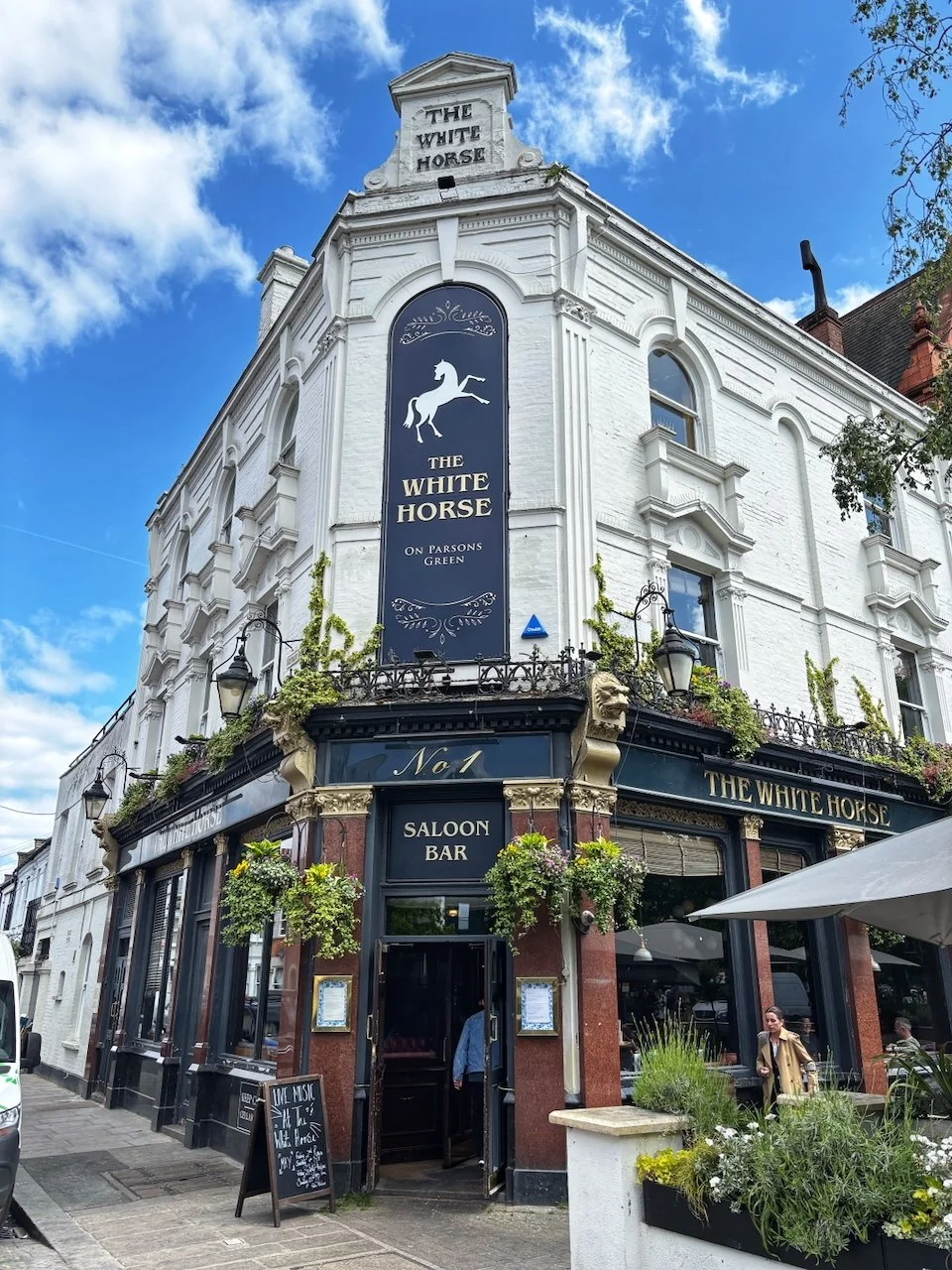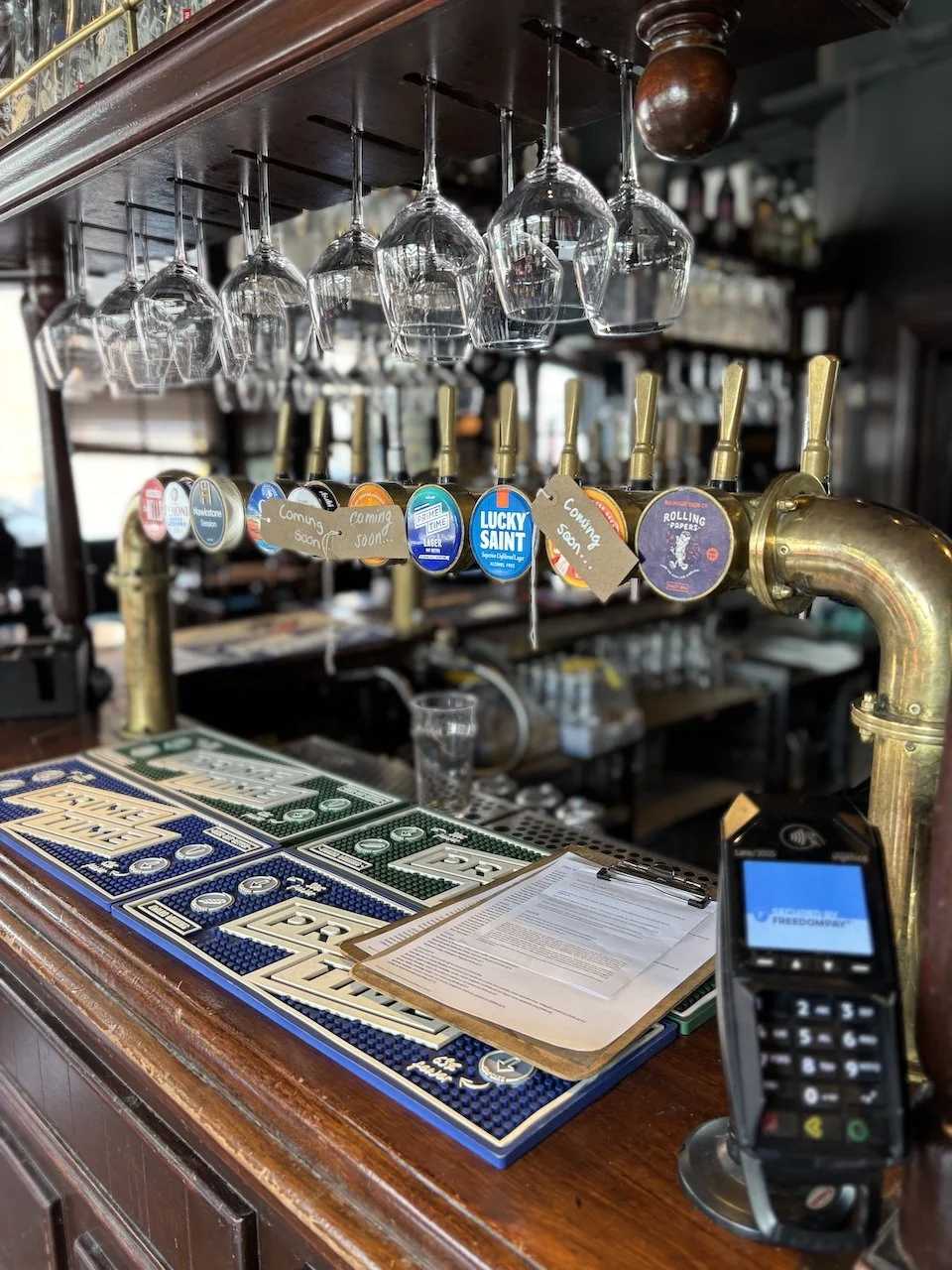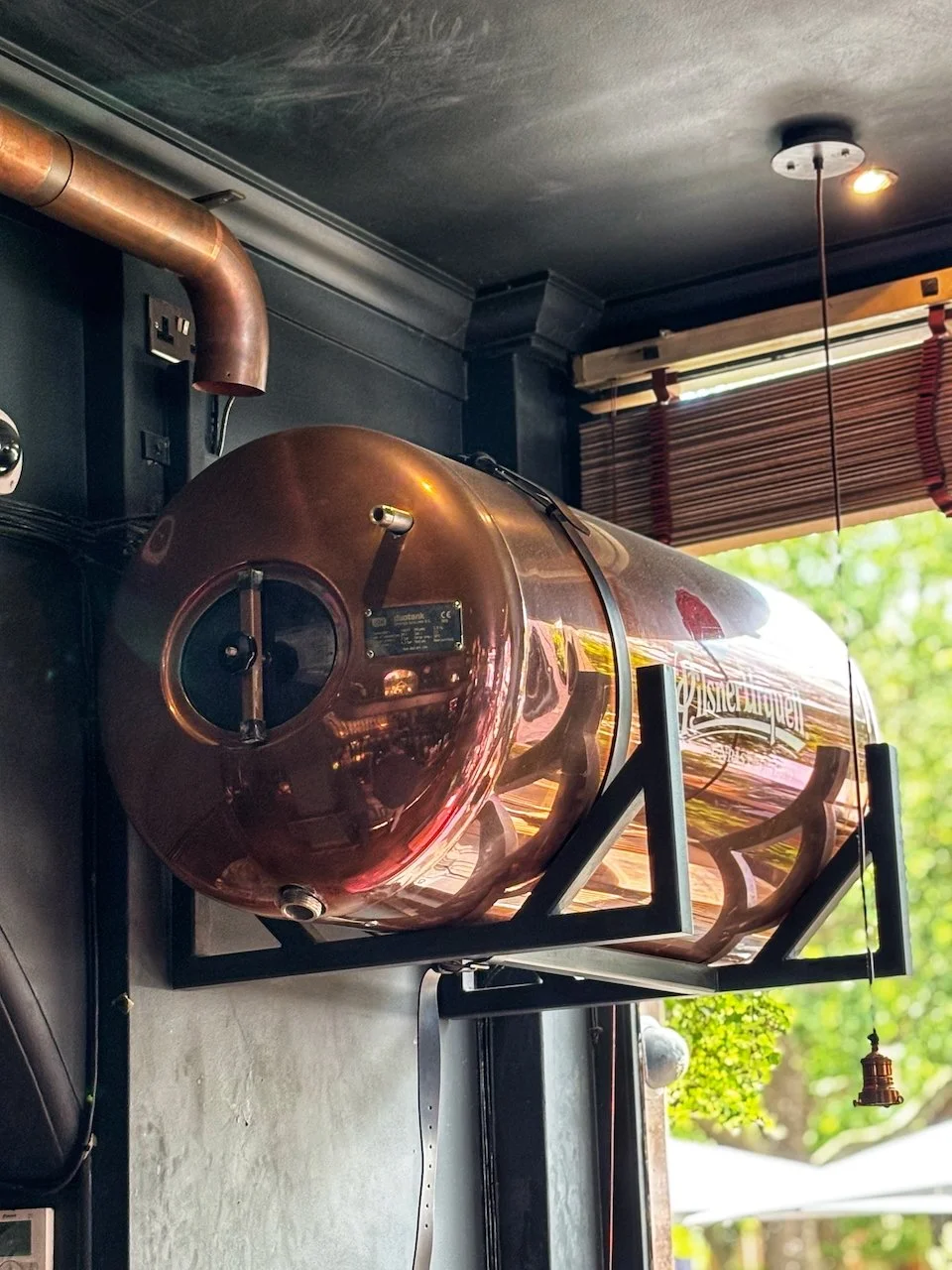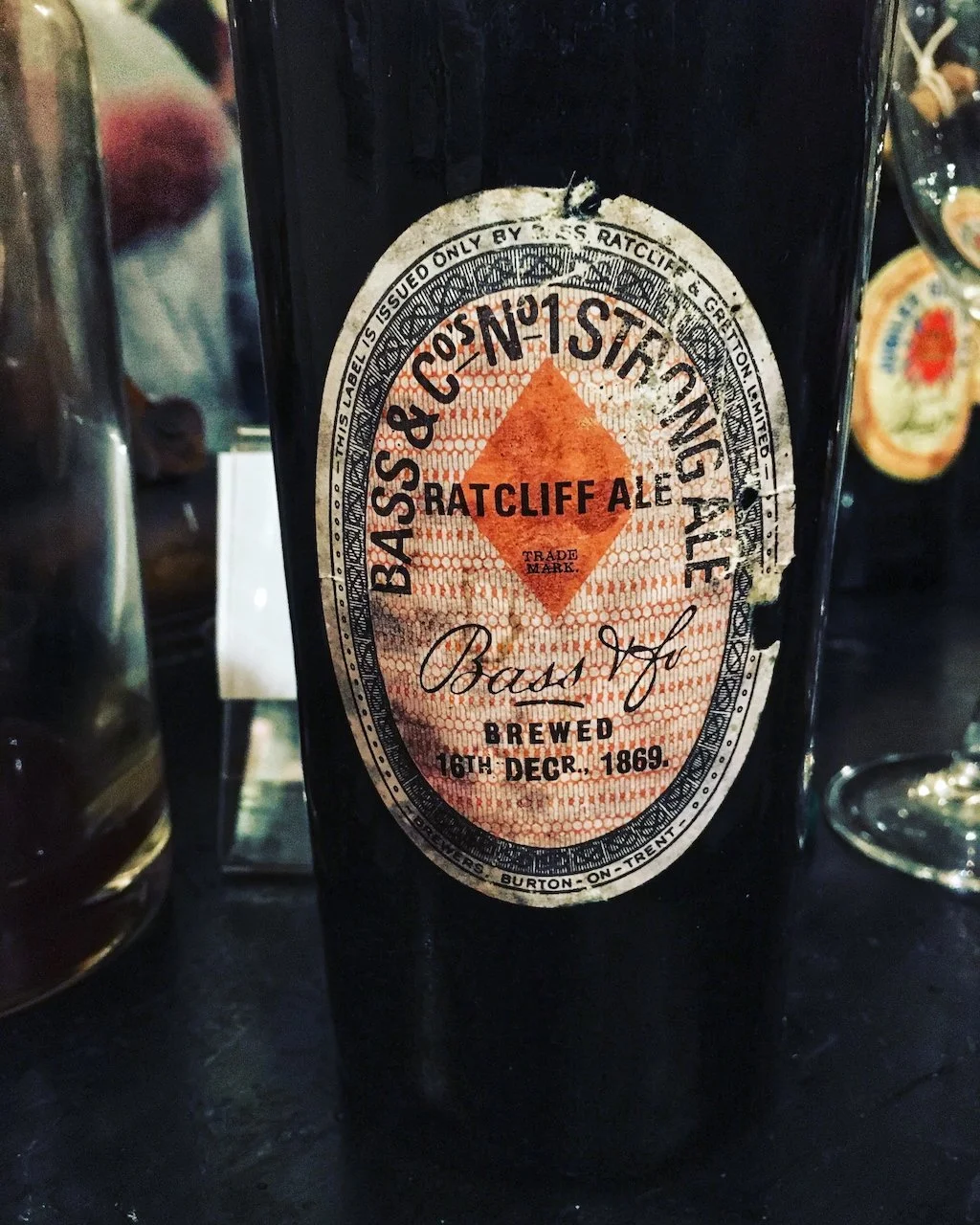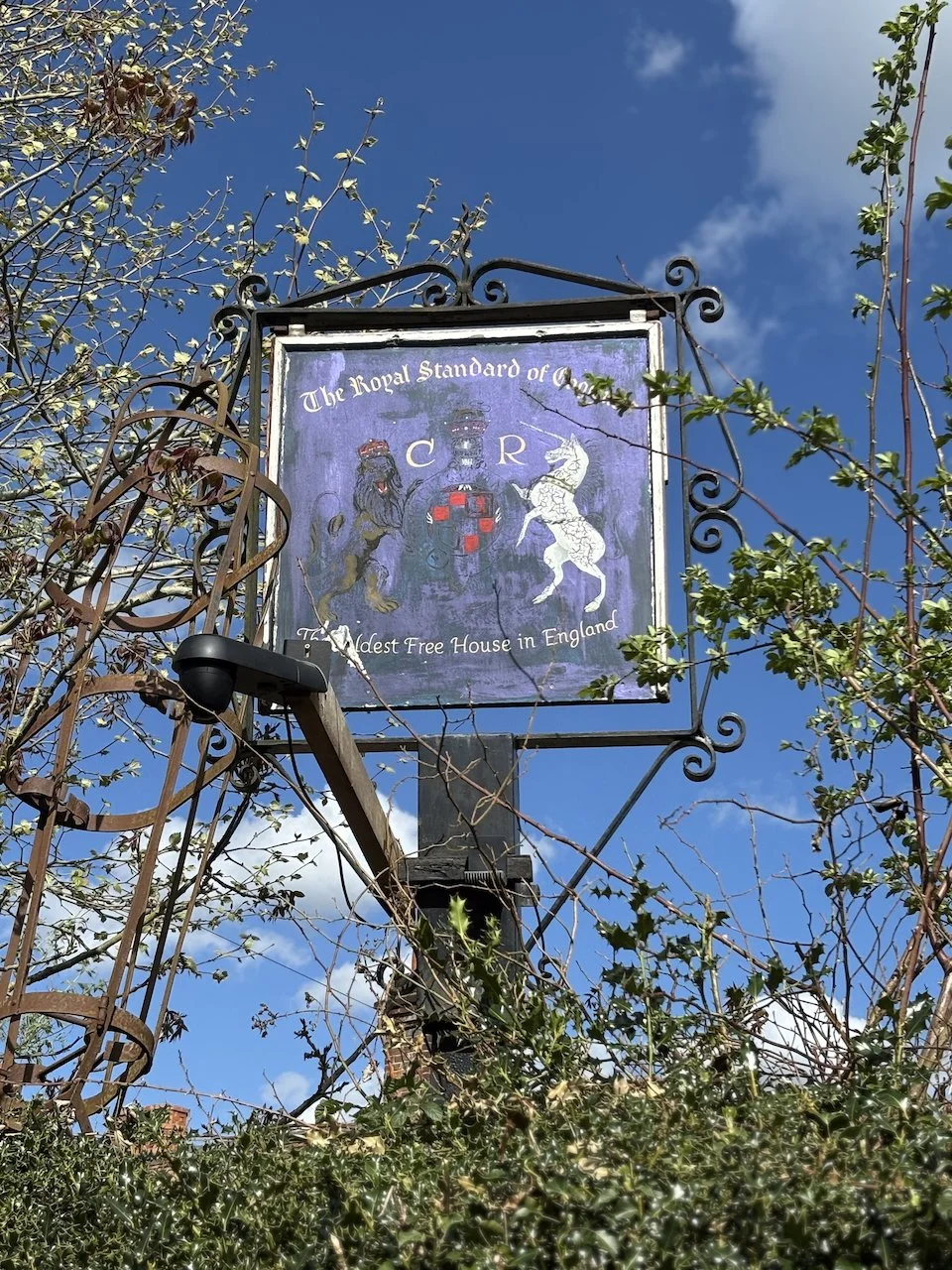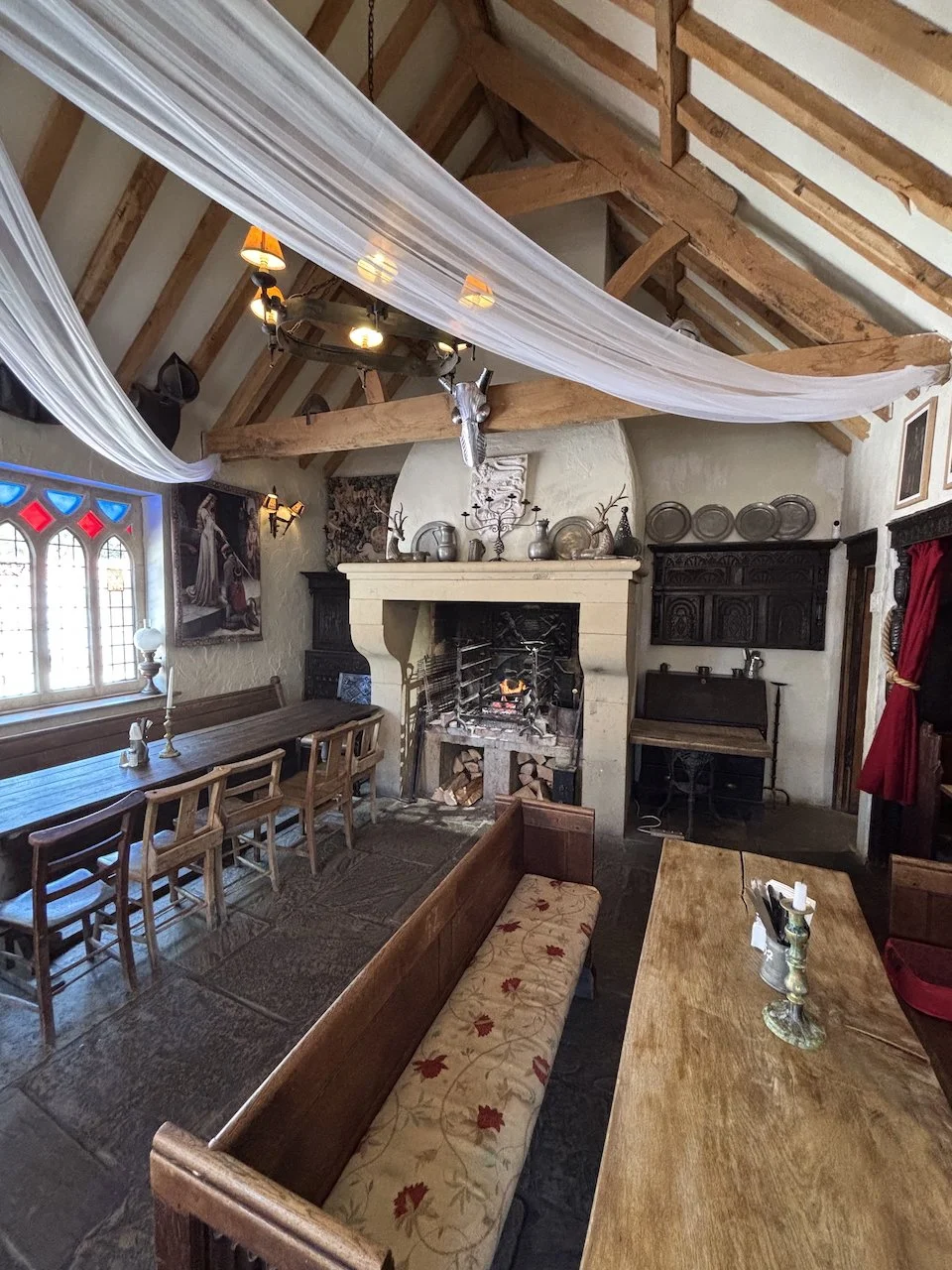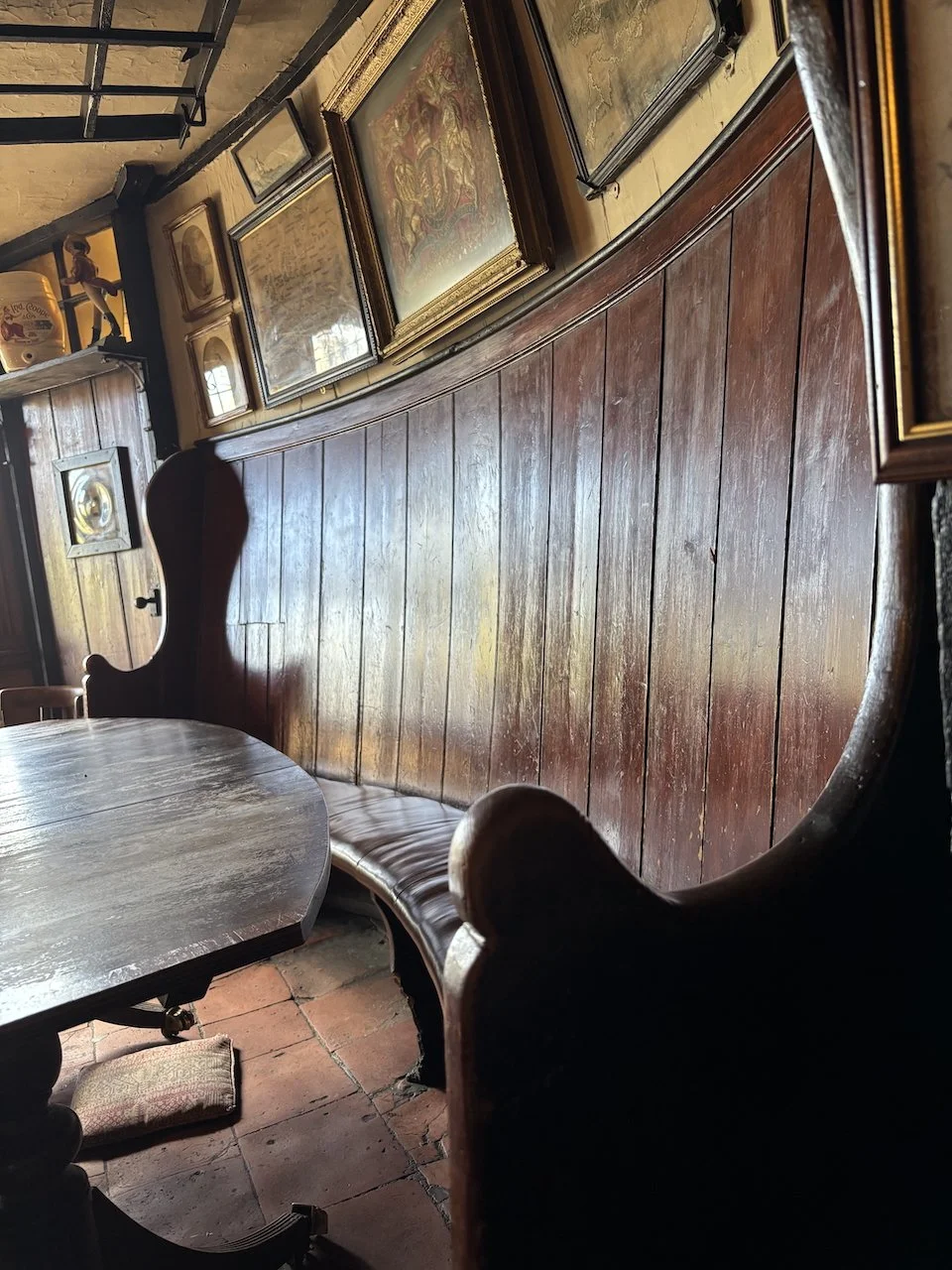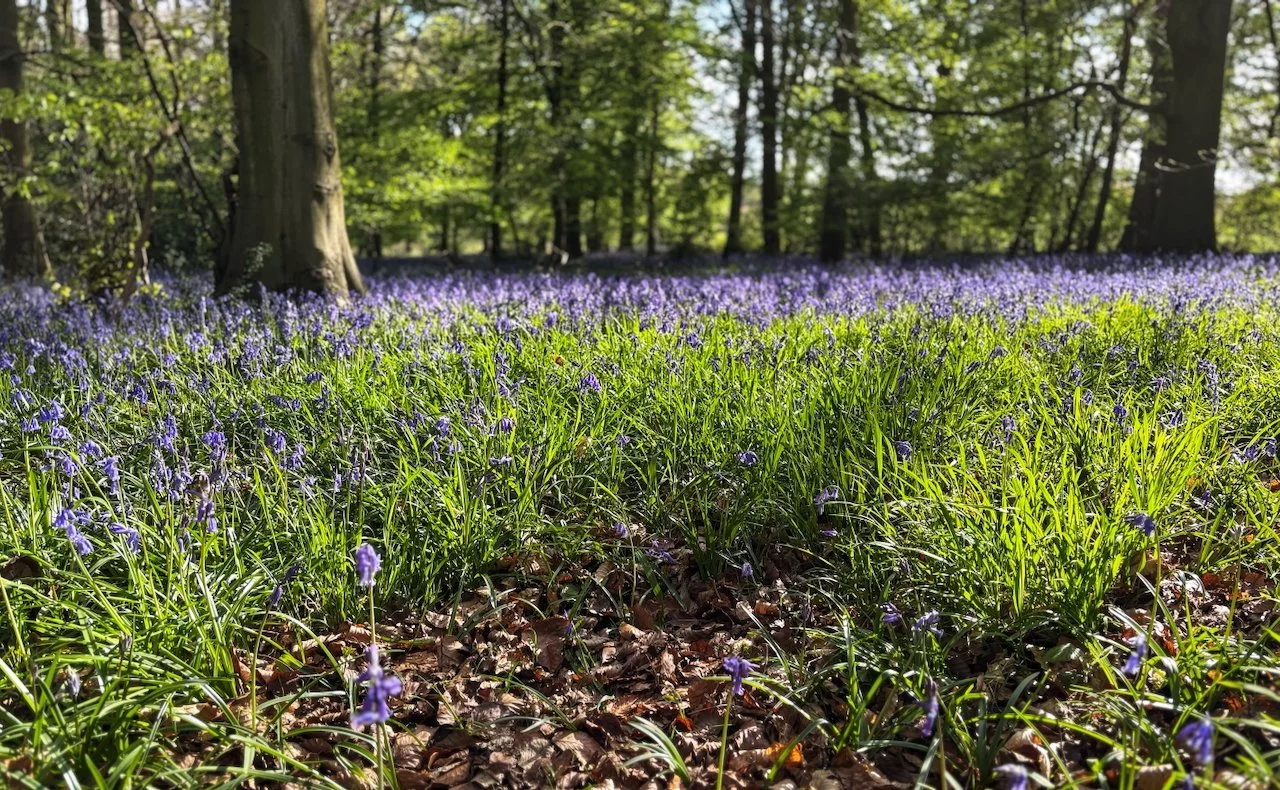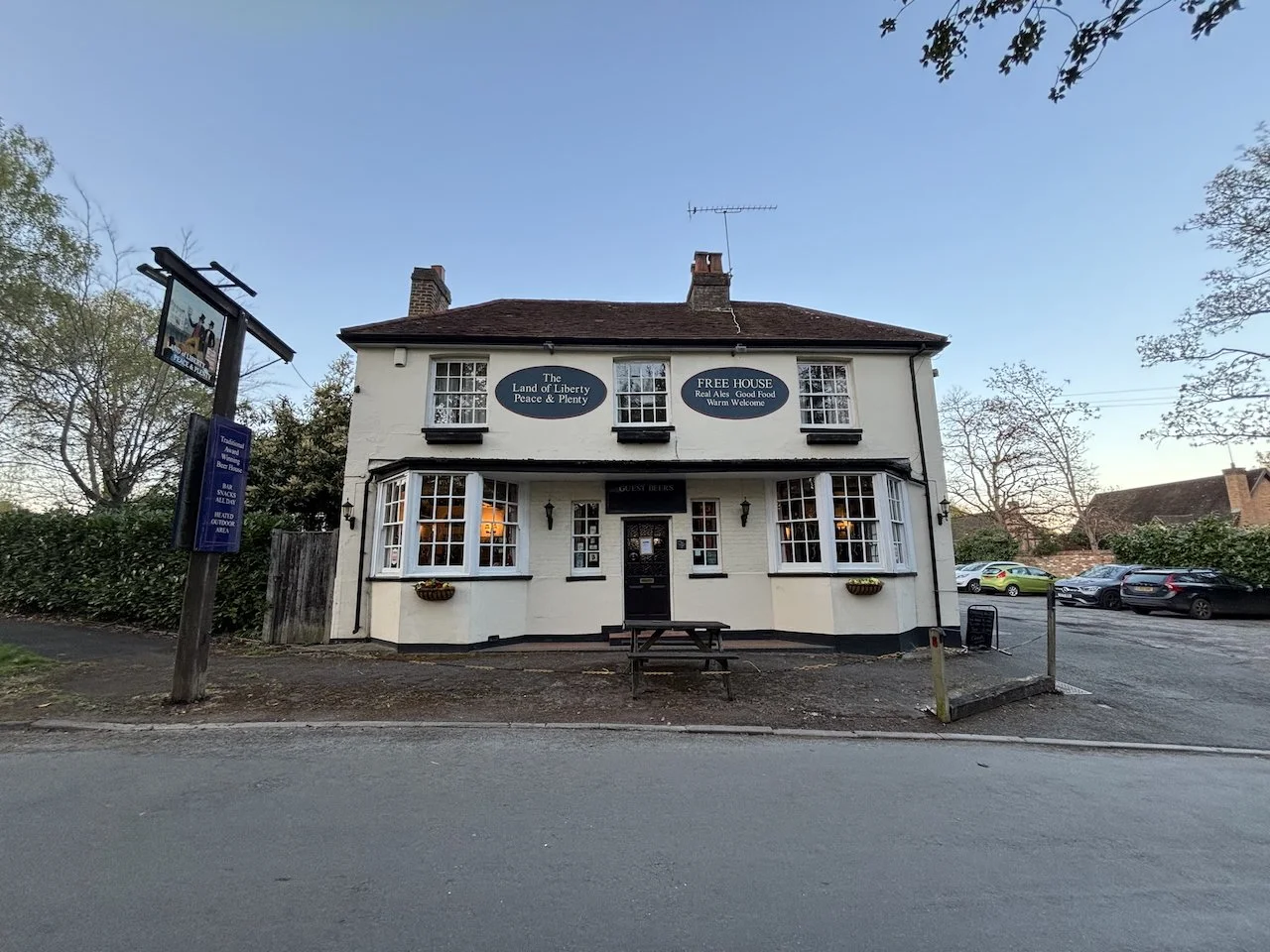May 2025: Sloane Decline, King Billy Bounces Back & Pubbing in Zone 9
A monthly newsletter about London beer and pubs written by
Will Hawkes
If you enjoy London Beer City, please forward it to your friends.
If you really like it, support it here
Pony Sloaney?
A middle-aged Australian man is standing at the bar at the White Horse in Parsons Green. “Is Asahi available?” No, it’s not. “Can I just have a lager? I want a beer-tasting beer.” He pauses. “Nothing too fruity.”
In the end he gets a Camden Hells, which seems to pass muster. My own first choice - Track Sonoma - is also unavailable, so I have a pint of Vocation’s Chop And Change. Along the bar, quite a few beers seem to be “Coming Soon”, while two of the five handpumps are dispensing Harvey’s Sussex Best, a long-term staple here, but typically only served on one pump, even when there were eight of them.
It’s the day after Bank Holiday Monday, so - in of itself - these are not serious problems. Beers run out, demand ebbs and flows, cask ale is on the run at many London pubs. But The White Horse, once regarded as the pub for beer in London, is not like other pubs - or, at least, it didn’t used to be.
Maybe now it is. London’s beer cognoscenti seem to think so. In May last year, for example, Beer Guide London’s Steve Jackson - who visits more London pubs each year then pretty much anyone, I’d guess - took it off his recommended list. “Beer list no longer merits entry,” the website reports.
If true, this would represent quite a fall from grace for this famous Fulham boozer. So what’s happened?
Let's start at the beginning. The White Horse’s glory days began in the early 1980s, when Sally Cruikshank took over the pub. She employed Mark Dorber, a pHd student with a passion for beer, to look after the cellar. The pub was owned by Bass Charrington, one of British brewing’s ‘Big Six’ (it’s still owned by a descendant of that company, Mitchells & Butlers), so all the beer on the bar was BC - or it was supposed to be. Dorber, though, had other ideas.
“I said to Sally, ‘Why don’t we have a bit of fun with this Christmas celebration [in 1981] and get some winter beers?’” Dorber, cellarman at The White Horse from 1981 and manager from 1995 until 2007, told me when I spoke to him for another article recently. “So a firkin of Marston’s Owd Rodger and a firkin of Theakston Old Peculier were procured and - to their credit - the Charrington boys looked the other way when this wonderful dark liquid came out of the Charrington IPA pump!”
At the time The White Horse was a fairly down-to-earth sort of place (Jeremy Clarkson, who drank there in the early 80s and who can’t, admittedly, be regarded as a perfect source, says it was “ a painter and decorator’s pub and everyone drank stout.”). Things gradually changed as, through the efforts of Cruikshank and Dorber, it became the de facto centre of London beer culture.
This entailed education and events as well as serving good beer. In 1990 the pub hosted a seminar on Burton Pale Ales; a pale ale festival followed in 1992, an IPA event in 1993. Much of the groundwork for Britain’s modern beer culture was laid here.
When I started writing about beer 15 years ago, The White Horse was known for putting on events that were a cut above those held elsewhere, a culture that remained even after Dorber headed for Suffolk in 2007. Food was often involved. Trips to the beautifully organised cellar were a must. At one event, we sipped Bass Ratcliff ale, brewed in 1869. Quite an experience, even if it didn't taste very nice.
My experience of the pub was not limited to beer events. For many years I had a season ticket at Craven Cottage; having got bored with the variability of Young’s in Putney, my friend Gavin and I switched our allegiance to the White Horse. It was often more fun than the football: the cask ale was invariably perfect, and there was always high-quality European and American beer on keg - and a fridgeful of Belgian beers, too.
Anything interesting in British or continental beer quickly appeared on the bar here. Around 2014, for example, the White Horse became one of the first pubs in the UK to offer unpasteurised Pilsner Urquell, served from huge tanks attached to a wall.
The pub served more prosaic beer, too. This wasn’t just a beer geek’s paradise. There were four lines located, as I recall, almost out of public view - like the pub was ashamed of them - including (if memory serves) Carling, Guinness and Strongbow. After one of Chelsea’s title-winning games in the noughties, I was once reliably informed, the pub added £1 to each pint of Carling to pay for the damage that would be caused by pints being thrown all over the shop.
Carling is, I think, gone now, replaced by upmarket rivals Peroni and Asahi, which sit alongside Guinness on the main keg T-Bar. One of the Pilsner Urquell tanks remains, but the pipe that leads to the bar has been disconnected, and the font removed. If you’re looking for a Continental lager now, it’ll have to be a Paulaner - a decent beer, no doubt, but not hugely thrilling.
It’s the other beers on the bar, though, that really tell the story of what has changed. There are lots of ‘lifestyle’ products, drinks sold not on their tradition or provenance, but on their health or environmental benefits, or even their connection to famous people. There’s Prime Time, Lucky Saint, the hugely popular Jubel peach beer, Sxollie Cider and Clarkson’s own Hawkstone Lager.
To be clear, these are not bad products; they’re just not the sort of thing that gets beer geeks hot under the collar. They are the drinks Fulham’s well-to-do drinkers want, and The White Horse is now engaged in a fierce battle for their custom. You’ll find many of these products on sale at the nearby Duke on the Green, run by Young's, which is setting the pace in West London.
And as this battle for West London’s posh pint pounds has hotted up, beer geeks have melted away. The truth is that beer people don’t travel to the White Horse in the way they once did. There are so many more London pubs offering wide ranges of high-class beer, from bitter brewed in Burton to superb Franconian lager to hazies by the dozen.
In that sense, this is a good news story: the world that the White Horse worked to bring into being is now here. It’s just a shame that Parsons Green’s legendary pub is not a part of it.
………………………
Billy Bounce
As the White Horse canters off into the sunset, another of London’s noted beer pubs has returned to the pack. The William IV played a key role in the early years of the city’s brewing renaissance, serving as home to Brodie’s from 2008 to 2018.
Well now it’s back - from next month, anyway - as Walthamstow brewery Exale has taken it on. Sign up here to be in with a chance of getting your hands on 50 £50 bar tabs.
………………………
Hart Time
Posh pub people Public House are opening a fourth London pub, after The Pelican, The Hero and The Fat Badger, all in West London. The new pub will be called The Hart, and it’ll be on Blandford Street in Marylebone. What’s interesting about this site is it was previously home to The Flowerhouse, a pub whose mission was “to support women in the hospitality industry.” It was pretty unique, both in terms of ethos and design; according to their account, they wanted to continue in the site but were “massively outbid” when trying to arrange a new lease with the freeholder.
………………………
Cottage High
Ye Olde Swiss Cottage, closed by owners Sam Smiths back in February, has been listed as an asset of community value, protecting it from demolition for five years. If it’s put on the market in that time, the local community will have six months to raise the money to buy it.
………………………
Two Pubs, One City
Royal Standard of England; Land of Liberty, Peace and Plenty
Where exactly does London end? Squares will tell you it’s the edge of Greater London, and no further. Well, I think we’ve all had quite enough of squares - and anyway there are other, more imaginative ways of setting the bounds of the mighty metropolis.
Such as the Tube map. Look at it, and then look at the north-western corner. There’s a Zone 9. There’s a place called Amersham, which, when I was young and less interested in the thrilling intersection of public transport and geography, I imagined as the equivalent of Bromley or Orpington. It’s not! It’s miles out. It’s more like Maidstone.
Anyway, I digress. The point here is that it’s on the tube map, and therefore a legitimate part of London, and therefore an acceptable topic for this section of the newsletter. It’s also close to two magnificently named pubs: The Royal Standard of England, and the Land of Liberty, Peace and Plenty. Case closed. In my opinion, this bit of Bucks/Herts/who cares is London - and opinions in modern Britain are sacrosanct, even when obviously dim.
(Also, full disclosure, I had to visit these pubs for an ongoing project - the ‘500 Best Pubs in England’ for the Telegraph, look out for it online in June, pub-lovers - so there’s that too).
Ironically, given the public transport-based justification for this trip, it was soon clear there was going to be a lot of walking involved. From Beaconsfield station, it’s a mile-and-a-half to the Royal Standard (a distance that, as it turns out, was just an amuse bouche in terms of my daily step count).
What can we say for Beaconsfield? Well, it is a wealthy Buckinghamshire town; there’s an attractive centre, less attractive bits elsewhere, chi-chi shops and bland chains (Gail’s), pubs with history but not much soul. There’s also a public right of way that leads most of the way from the station to the Royal Standard, which evens the ledger somewhat.
The highlight of this walk is a section right at the edge of town, where the path dips suddenly for about 50 metres, and then rises again in exactly the same way. At the top there was a horse, one of those shaggy ones who always look bored, who glanced at me as if to say “Good work me old china, you’ll have really earnt that pint”.
I couldn’t help agreeing, and by the time I reached The Royal Standard I was quite thirsty. Nonetheless, I had a quick look at the external fittings. It’s a handsome enough structure, although I’ve seen more impressive ‘Ye Olde” efforts. Perhaps the most interesting thing was the pub sign which claims this is 'the oldest freehouse in England’, one of those boasts that are almost certainly wrong.
Once inside, though, you can’t help but get carried away. I always think there are two possible approaches when you run a historic pub: ignore the history entirely, or ham it up to the Nth degree. The Royal Standard does the latter. This place is pure theatre, from the medieval dining-rooms vibes to the slightly rustically-accented bar gent, complete with felt hat, who served me a pint of Chiltern bitter (£8.45, including nuts). We even had some banter when I ask for some peanuts to accompany my pint. “Salted?” he asked. “Perfect,” I responded. “Well it is if you’ve got teeth,” he said, which is true, but given I have teeth not super-relevant.
Having inspected all the rooms, I took a seat in one at the front, which contained a roaring fire and two other customers: a man and his teenage son, who was eating chips. There was also the best bit of seating I’ve ever seen in a pub, a gently curved high-backed wooden bench. I didn’t sit in it because I wanted to look at it.
The fire was roaring, a geezer was talking to the rustic bar man about how he used to come here before he moved to California, my pint was drinking pretty well, everything was pure gemutlichkeit. Then something happened which I will try to describe in the plainest terms possible.
A disabled man was wheeled into the room by two young men, taking a spot between me and the fire. No problem there, I was warm enough - too warm, if anything! But then he asked who was paying, and when told by young man no 1 that it was young man no 2, he proceeded to chastise young man no 1, who responded with complete calm and patience. He continued to be mean, and the young man continued to gently brush it off.
I left soon after, for a lengthy hike across the Chilterns towards Amersham. It was, like many walks in the English countryside, both wonderful and petrifying in equal measure. First there were sun-dappled woods full of bluebells, gentle valleys, paths worn hard by boots in recent good weather, pheasants who ran away squawking when they saw me. Then there was an A-road just outside Amersham, BMWs and Audis racing past at 50mph, a blessedly early arriving bus.
From Amersham I caught the tube to Chorleywood, and then there was another yomp, up a suburban hill to The Land of Liberty. After the Royal Standard, it was a bit of a letdown physically speaking, although the building itself is attractive enough. The font used on the facade is not appropriate for a pub, though (see below).
Inside, I ordered a pint (Black Hole Golden Ale, £5) and was asked if that’s all three times, each time more insistently. (Afterwards, I spotted a sign saying they prefer to be paid in cash because of the fee they have to pay the bank, or something. Oh well.)
There was a group of blokes talking the most ridiculous bollocks you can imagine, a pure distillation of pub chat. Sex, violence, golf - they covered all the main issues, incompetently. But in a Land of Liberty, we are all entitled to our opinions, no matter how ill-informed.
………………………
London Beer City is written by journalist Will Hawkes. Feel free to contact me on londonbeercity@gmail.com. If you like what you’ve read, please share it with your friends; if you’ve been forwarded this email and enjoyed it, you can sign up here. Unsubscribe here. Help me keep the newsletter free here. Thanks for reading!
